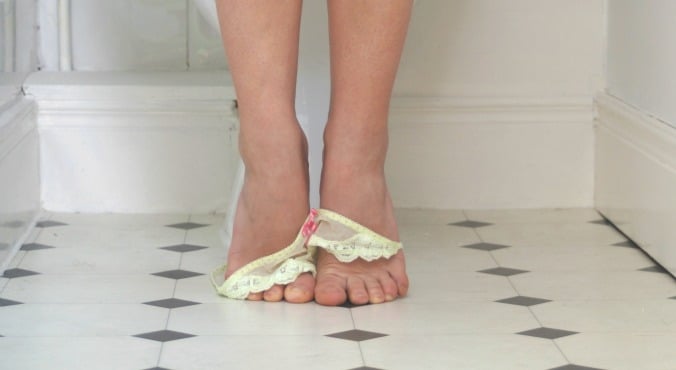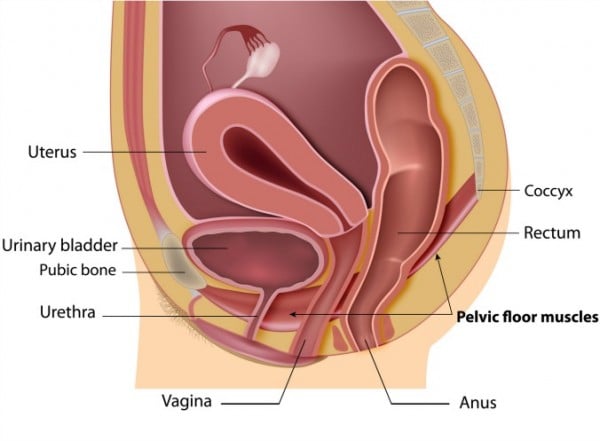
Image: iStock. By Kate Moore, Professor, Obstetrics and Gynaecology and Head of Department of Urogynaecology, UNSW Australia.
Urinary incontinence is urine leakage from a loss of bladder control that mainly affects women after childbirth. But it can happen to anyone. Around 37 per cent of Australian women have some form of the condition compared to 13 per cent of Australian men.
Mild incontinence is the most common form, affecting about two out of three sufferers. This is where small amounts of urine leak out onto clothing a few times a week and require a light pad or pantyliner to catch the flow.
Moderate to severe incontinence is less common and affects about a third of sufferers. Women need to use a specific incontinence pad (with absorbent gel) and change it more than once or twice daily. This might not be enough though, and they may get accidental wetting through to their clothing even if using the pad.
Whatever form it takes, the impact of incontinence can be debilitating and women are often too embarrassed to seek help from their doctor. This is unfortunate as there is more likelihood of a cure for those who receive treatment at an earlier point.
Watch: What really happens to your bladder when you have a baby? Dr Ginni Mansberg shows us. (Post continues after video.)





























































































